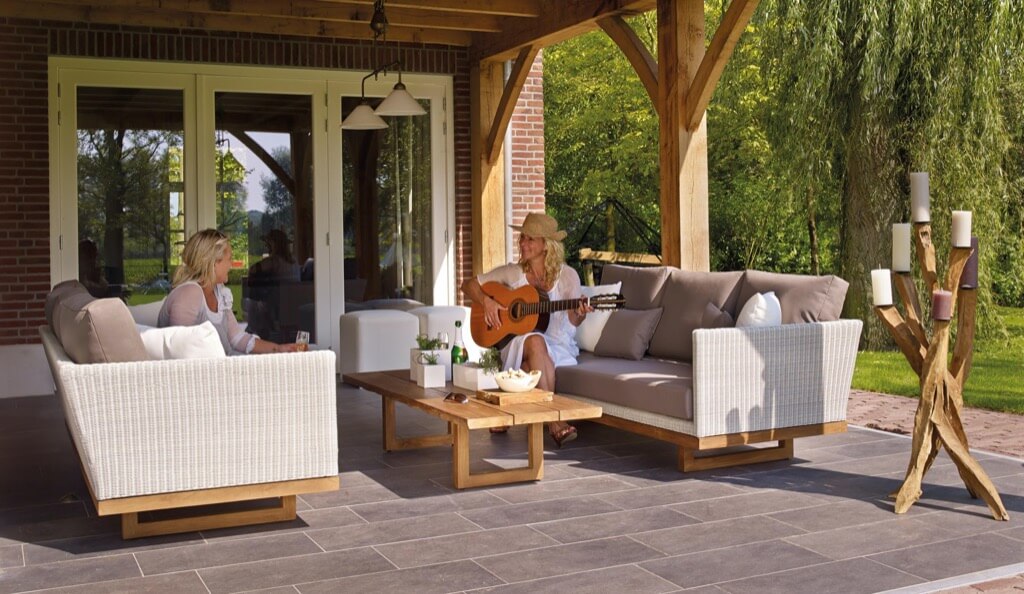Should the toilet seat be left up or down? And, as with many of life’s great debates, there’s no definitive answer. But, don’t fret, because today we’ll tackle this pressing topic, presenting the arguments for each position in a spirited yet light-hearted manner.
Convenience for the Standers
Have you ever considered the simplicity of walking into the restroom and not having to adjust anything? Advocates for the “seat up” position argue that it provides a quick and efficient experience for those who stand during their bathroom visits. Furthermore, leaving the seat up reduces the likelihood of any… inadvertent splashes on the seat.
Aesthetics and Safety
On the flip side, there’s a certain aesthetic appeal to having the seat down. The bathroom looks tidier, more put together. Plus, it’s just a tad more courteous for those who sit, ensuring they don’t experience that unexpected dip in the night when half asleep. Safety first, after all!
The Lid Solution
Here’s a plot twist you might not have considered. What if everyone commits to shutting both the seat AND the lid? Not only does this provide a neat appearance, but it’s also a practical way of ensuring pets or objects don’t end up in the toilet accidentally. Plus, let’s be honest, it gives both “team up” and “team down” a common point of agreement.
Hygiene Considerations
Beyond preference and courtesy, there’s also the question of hygiene. Some argue that closing the toilet seat can prevent the spread of germs, especially during flushing. Imagine microscopic particles flying around every time you flush. A closed seat might just be the barrier you need between you and those pesky germs.
Cultural and Regional Perspectives
Globally, the toilet seat debate might take on different nuances. In some South African households, for example, water scarcity and sanitation play a significant role in bathroom habits. Closing the toilet seat can be seen as a sign of respect, ensuring shared spaces remain clean for everyone.
Domestic Debates
When two individuals decide to share a living space, they often anticipate discussions about shared expenses or divvying up household chores. But, what many don’t foresee is the debate that has been the bane of many newly-cohabitating couples: the position of the toilet seat.
The First Flush of Romance… and Reality
It’s a milestone in any relationship – that moment when you decide to share keys and closet space. But, as many couples realize, along with shared moments come shared responsibilities… and the toilet seat debacle. For opposite-sex couples, this topic tends to emerge rather quickly. Should the seat remain ascendant or descend after use? It’s a question that, while seemingly mundane, has led to its fair share of heated debates.
A Scholarly Perspective
Enter Hammad Siddiqi, who took a unique approach to the conundrum. Siddiqi brought the principles of game theory into the bathroom, aiming to determine the social norms surrounding our porcelain thrones. While many before him employed the Nash equilibrium to ascertain a solution that aims at decreasing the number of times the toilet seat is adjusted, Siddiqi added a new layer to the analysis.
Accounting for Emotional Costs
In Siddiqi’s perspective, the equation wasn’t merely about the physical act of lifting or lowering a seat. He astutely factored in the emotional and social costs—specifically, the price the male partner might pay if he leaves the seat up and subsequently faces the ire of his female counterpart. It’s a unique spin, recognizing that the toilet seat debate isn’t just about mechanics but also about feelings, respect, and understanding.
A Universal Dilemma
Interestingly, this discussion isn’t limited to any particular region or culture. Even in South African households, where there might be various cultural norms and practices, the toilet seat debate is alive and well. In a society where respect for shared spaces and mutual understanding is pivotal, the decision to leave the seat up or down transcends beyond being a mere domestic issue—it becomes a matter of mutual respect and cohabitation harmony.
How Will We Decide?
As the dynamics of households and relationships evolve, the ever-present toilet seat tiff continues to simmer, but what implications might it have for our future domestic life? Let’s gaze into the crystal ball of commode clashes and shed some light-hearted foresight on the matter.
Smart Solutions
Could technology be the knight in shining armor that finally lays this bathroom debate to rest? Picture this: smart toilets that adjust the seat based on who’s approaching. With advancements in home automation and the Internet of Things, your future lavatory might just remember your preference and adjust accordingly, ensuring that the only thing you have to worry about is, well, your business.
The Power Dynamics of Domestic Debates
While it may seem comical, the toilet seat debacle actually mirrors the larger discussions about compromise and power dynamics in a relationship. As society progresses towards more equitable relationships, will we see a decline in such debates? Or will they morph into newer, unforeseen discussions? Whatever the case, understanding and mutual respect will always be at the forefront of resolving these domestic dance-offs.
Bathroom Etiquette in Pop Culture
The world loves a good debate, and the media often latches onto such universal topics. Will the toilet seat saga become a recurring theme in movies, sitcoms, and literature? Just imagine the hilarity of a futuristic sci-fi movie where intergalactic beings are flabbergasted by human’s fixation on toilet seat positioning!
The Global View: Beyond Borders
The toilet seat discussion is not confined to one region or culture. As more people travel and experience different cultures, how will this influence the debate? If you’ve been to Japan, for example, their technologically advanced toilets could offer a glimpse into a world where this debate is obsolete.
Smart Toilet Systems
Technological advancements have paved the way for intuitive smart toilet systems. These not only optimize water use but can also remember user preferences, adjusting the seat automatically. A worthy investment, these toilets can bring an end to the toilet seat squabble while offering a luxurious bathroom experience.
Communication Workshops for Couples
Believe it or not, the toilet seat dispute is deeply rooted in communication gaps between individuals. Engaging in couple’s workshops can be an enlightening experience. These sessions prioritize open dialogue, teaching participants how to approach conflicts, no matter how minor, in a constructive manner.
Interactive Household Apps
Mobile applications that focus on household management can be surprisingly handy. Some apps now include features where roommates or couples can set reminders or have fun polls, like voting on the ‘toilet seat up or down’ debate. It’s a lighthearted way to address the issue and come to a mutual agreement.
Cultural Etiquette Books
Reading up on bathroom etiquettes from different cultures can be both enlightening and entertaining. By understanding global perspectives on shared spaces and restroom practices, you might find a solution that suits your household or, at the very least, gain a chuckle or two.
Home Design Solutions
Sometimes, a simple design fix can solve the most persistent issues. Consider exploring bathroom designs that incorporate unisex or ergonomic solutions. Whether it’s a toilet design that minimizes the seat debate or a layout that offers more privacy, rethinking your space might be the key.
Ready to Settle the Seat Debate Once and For All?
Your daily routines deserve peace and a touch of humour. Whether you’re navigating the twists of cohabitation or simply seeking a good-hearted chuckle, we’ve got insights aplenty. If the toilet tiff has you scratching your head, or if you’re just looking for more delightful tidbits on the subject, don’t hesitate! Connect with us directly through our contact page. Let’s transform those bathroom battles into bonding moments!




